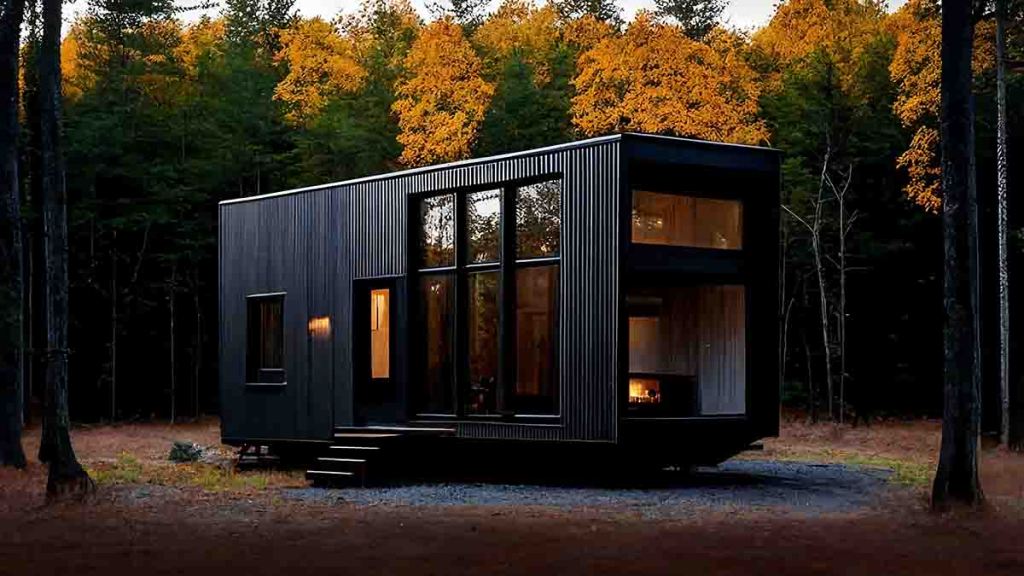In the ongoing struggle for attainable housing, one positive development has been the increased availability of funding options for homeowners seeking to incorporate Accessory Dwelling Units (ADUs) into their properties. A recent survey by Villa noted that some ~60% of rental tenants said that living in an ADU has allowed them to live in a neighborhood they would not otherwise be able to afford — that’s a big deal.
For homeowners, ADUs can generate substantial rental income that assists homeowners in covering escalating property taxes and mortgage payments. Additionally, ADUs present an excellent solution for housing family members in need including aging parents by adding infill housing in the most desirable neighborhoods.
Heading into 2024, there are continuing and emerging financing options, grant programs and legislation all designed to help homeowners and builders create much-needed infill housing. These will help on the margin, but we still need smart lenders to help create even more robust financing options for ADUs. Here are a few trends in financing that will continue to catalyze the construction of more ADUs:
Expanded access to mortgage financing
The Federal Housing Authority announced a new policy in October 2023 that has made it easier to finance construction of new ADUs, as well as making it more achievable to buy or refinance a house with an existing ADU. Under this policy, lenders can include income earned from ADUs when underwriting their mortgage. Importantly, homeowners can also include 50% of their estimated rental income when applying for an FHA renovation loan to construct an ADU, which helps with DTI constraints.
However, despite these well-intentioned programs, ADUs remain a somewhat tricky thing for many consumers to finance – and many lenders are still figuring out how to best serve this growing category. Fannie Mae and Freddie Mac already have some guidelines for ADU financing, but they have yet to have a major impact on the overall supply in the market. Consumers often get “lost” in the myriad financing alternatives that span from cash-out refinances, HELOCs, renovation or construction loans, personal loans and some emerging “alternative financing” products such as HEIs. Most of these products are substantially more expensive to consumers than the cost of a typical first-lien mortgage, which makes ADU financing far less efficient than it should be — we really need more efficient second-lien products to really make ADU financing work well.
One of the challenges is that appraisals for ADUs are often unrefined and idiosyncratic, as appraisers are still getting used to this asset type and good comps can be hard to assemble. Draw structures for loans supporting new construction of ADUs, especially for prefab, are still “clunky.” This is unfortunate — and somewhat irrational — because homeowners who have or want to build an ADU are typically quite well-qualified with strong credit scores, income and solid home equity coverage.
The good news is that we are making progress at solving these problems. Some smart lenders, especially among credit unions, have developed some great products for ADU financing. The bad news is that overall progress has been slower than it could be.
Grant funding for ADUs
While grant funding is still primarily at the local or state level, many programs are starting to fund 2024 opportunities for homeowners. That includes the second round of funding for California’s CalHFA ADU Grant Program, which offers low-income homeowners up to $40,000 towards ADU construction. The program helps lower income individuals access funding, though these grants can feel complicated and cumbersome for homeowners to navigate.
Another initiative spearheaded by the Orange County Housing Finance Trust will finance construction loans up to $100,000. The program requires homeowners to rent their funded ADUs to very low-income tenants for the first 10 years and forgives 48% of your debt if you are able to find renters who make less than 50% of the area median income.
While these programs are still a bit more limited to specific zip codes, I am optimistic that 2024 will see more funding opportunities to encourage the build of attainable infill housing in areas where ADUs are becoming commonplace.
Private sale
In late 2023, one of the most significant shifts for California residents occurred as Governor Gavin Newsom signed AB-1033 into law. This legislation permits the separate sale of ADUs from the homes they are connected to, effectively creating condominiums in regions where affordable condo construction is severely limited or non-existent.
For individuals with more constrained budgets, this law effectively introduces a new category of starter homes at more accessible price points and with potential to be created in great infill locations. Additionally, it provides an avenue for elderly homeowners to downsize and remain in their communities. In some instances, they can build their dream ADU and sell their larger primary residence without the need to change their address.
Looking ahead
Historically, most policies addressing ADUs have been crafted at the local or state level. Through the policy actions taken by the GSEs, we’re seeing that national policy can streamline the financing process and also signifies a broader acceptance of ADUs as a viable and essential component of the overall housing market. This federal recognition suggests a commitment to fostering the growth of ADUs nationwide, potentially unlocking new avenues for attainable housing solutions and contributing to the diversification and expansion of housing options for individuals and families across the country.
These represent just a few of the financing trends poised to supercharge ADU construction. The market opportunity for lenders to better serve ADUs is large, growing and a rare greenfield opportunity in the mortgage landscape for creative lenders to develop better products that meet the market needs.
In my view, these changes, with many introduced in the latter part of 2023, will continue to highlight the value of incorporating ADUs into our communities and contribute to the ongoing growth in ADU permit applications. I think we can say that the continued growth of ADUs is one major housing trend to anticipate in 2024, both in California but increasingly in other places across the country too.
Sean Roberts is the CEO of Villa Homes.
This column does not necessarily reflect the opinion of HousingWire’s editorial department and its owners.
To contact the author of this story:
Sean Roberts at sroberts@villahomes.com
To contact the editor responsible for this story:
Sarah Wheeler at sarah@hwmedia.com.







